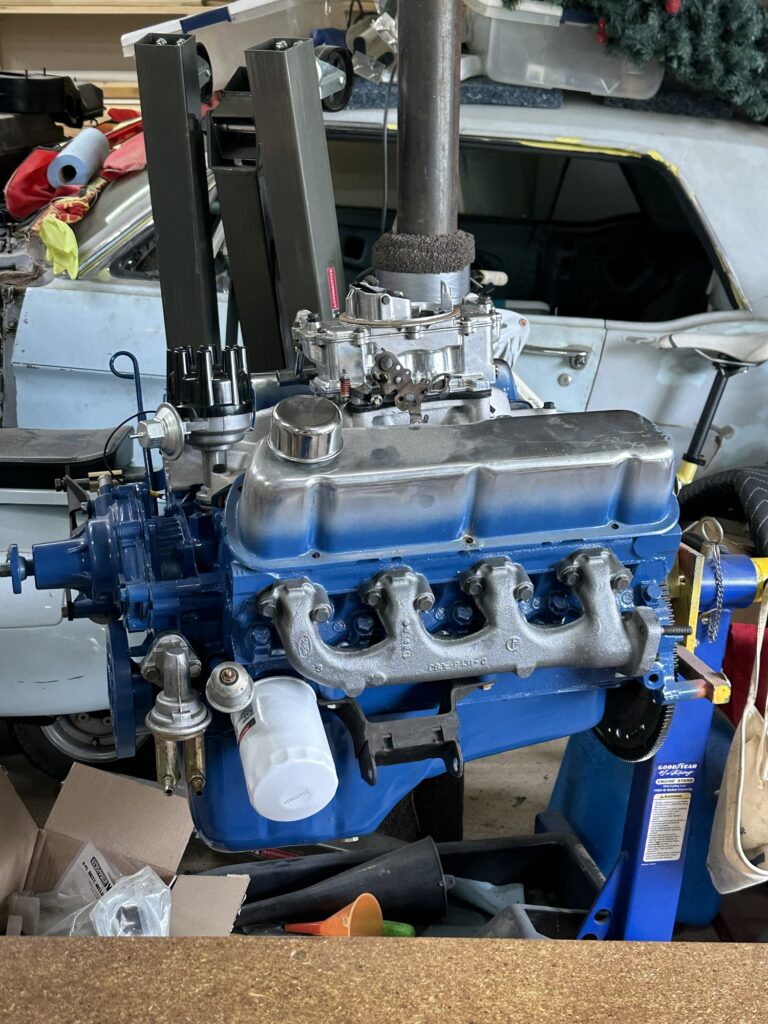Plenty has been written and said about the so-called Lakeland tobacco blends. These are a group of some fairly heavily flavored/scented flake tobaccos from the Lakeland region of England, produced by Samuel Gawith and Gawith & Hoggarth. The story I’ve read is that artificial ingredients were not allowed in English tobacco, but natural flavorants were – alcohols and flower oils. These tobaccos are fairly heavily topped with what is referred to as “the Lakeland essence”. Pipe smokers seem to either love Lakelands, or hate them. I will admit that in at least some cases, the scent of a Lakeland blend can be a little… unusual. Ennerdale has been compared to “Granny’s panty drawer”, for example.
I’ve tried two different Lakeland blends, Ennerdale and Bob’s Chocolate Flake. Ennerdale does, as people have claimed, have a sort of old-fashioned floral scent to it. Bob’s Chocolate Flake does have a distinct chocolate not to it in the jar. Both are dense, heavy flake tobaccos that benefit from a bit of drying time before loading the pipe and smoking them, as they do tend to be a bit moist.
I may be an outlier, but I neither love nor hate the two I’ve tried. I was a bit disappointed by Bob’s, as I had hoped for at least a trace of a chocolatey not when smoked – and it’s simply not there. The topping lends a distinct aroma to the jar, but does not add a corresponding flavor to the tobacco. There’s definitely a flavor added, but it’s nothing like the aroma of the unlit tobacco. The same goes for Ennerdale – heavily floral in the jar, not so in the pipe.
Maybe my taste buds are just different. For one thing, I can’t say that I really “taste” any tobacco, not with my tongue as with food or drink. Any taste I get from tobacco really comes from exhaling it through my nose, which the online pipe community in their eagerness to come up with oddball quasi-technical terms for everything has called “retrohaling”. Last night I cracked open my jar of Ennerdale and tried a flake crumbled into the bowl of my nice calabash pipe, which I especially love for its cooling and moisture-abating capabilities. [Here the online community is convulsively clutching at its pearls, swearing that this will “ghost” the pipe forever with a floral, soapy taste. They’re idiots.] After months of smoking primarily my own home-made and partially home-grown English and VA/Per blends, I really didn’t find it enjoyable. I may try some Bob’s today, with more drying time, perhaps in a corncob. I’m just glad I didn’t buy some massive quantity of this stuff. I started with two ounces each of Ennerdale and Bob’s Chocolate Flake. Even if I’m not crazy about it, I’ll eventually work my way through it.


